Losing fat isn’t just about cutting calories—it’s about fueling your body with the right nutrients and moving with purpose. For home exercisers, combining macro tracking with core-focused, balance-enhancing workouts creates a powerful synergy. This guide delivers 18 practical, coach-style strategies to help you burn fat effectively, all from the comfort of your living space.
Macronutrients—protein, carbohydrates, and fats—are the building blocks of your diet. Tracking them helps you understand what your body consumes and how it responds. For fat loss, the goal isn’t starvation but balance: enough protein to preserve muscle, smart carbs for energy, and healthy fats for hormone support.

Use a free macro calculator to estimate your daily needs based on weight, activity level, and goals. Most fat-loss plans aim for a 10–20% calorie deficit. Prioritize protein—0.8 to 1 gram per pound of body weight is ideal.
Eyeballing portions leads to inaccuracies. Invest in a kitchen scale and measuring cups. Track meals using apps like MyFitnessPal or Cronometer for consistency.
Focus on lean meats, vegetables, fruits, legumes, and whole grains. These foods are naturally balanced and easier to track than processed meals.
Consume most of your carbs before or after exercise. This boosts performance and recovery while minimizing fat storage. Opt for oats, sweet potatoes, or brown rice.
Water supports metabolism and reduces false hunger cues. Aim for at least 2–3 liters daily. Add lemon or cucumber for flavor without extra calories.
A strong core improves posture, stability, and workout efficiency. Include exercises like planks, bird-dogs, and dead bugs 3–4 times per week.
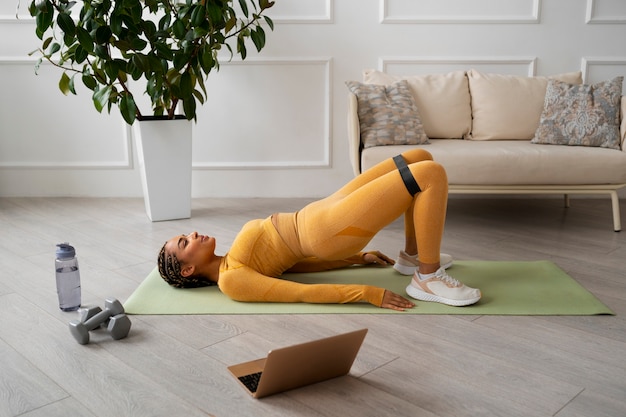
Poor form reduces effectiveness and increases injury risk. For planks: keep your body in a straight line, engage your glutes, and avoid sagging hips. For bird-dogs: move slowly, extend opposite arm and leg, and keep your spine neutral.
Balance training activates stabilizing muscles and burns extra calories. Try single-leg stands, heel-to-toe walks, or standing on a cushion for instability.
Resistance bands, a yoga mat, and a stability ball can transform bodyweight moves. Add band-resisted side steps to fire up your glutes and core.
Circuit training with squats, push-ups, and jumping jacks elevates heart rate and burns fat. Keep rest periods short (30 seconds) to maximize calorie burn.
Weigh yourself weekly under consistent conditions. Take progress photos and measure waist circumference. Adjust macros if fat loss stalls after 2–3 weeks.
Include healthy fats like avocado, nuts, seeds, and olive oil. They keep you full and support hormone health. Aim for 20–30% of total calories.
Meal prep reduces impulsive eating. Cook batches of grilled chicken, quinoa, and roasted veggies. Portion them into containers for easy tracking.
Eat slowly, chew thoroughly, and avoid distractions. This helps recognize fullness cues and prevents overeating.
New to core work? Do planks on your knees. Can’t balance on one leg? Hold onto a chair. Progress gradually to build confidence and strength.
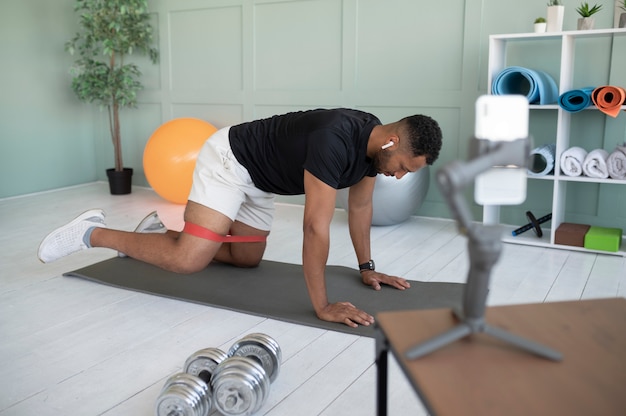
Poor sleep disrupts hunger hormones and slows fat loss. Aim for 7–9 hours nightly. Include rest days to let your body repair.
One off-meal won’t ruin progress. Focus on hitting your macros 80–90% of the time. Long-term consistency beats short-term perfection.
As you lose weight, your calorie needs change. Recalculate your macros to continue progressing. Add more movement or slightly reduce intake if needed.
Fat loss at home is achievable with the right tools. Macro tracking gives you control, while core and balance work enhances movement quality and calorie burn. Combine nutrition awareness with smart, sustainable exercise, and you’ll build a leaner, stronger body—one rep and one meal at a time.

Fitness

Fitness

Fitness

Fitness

Fitness

Fitness

Fitness

Fitness
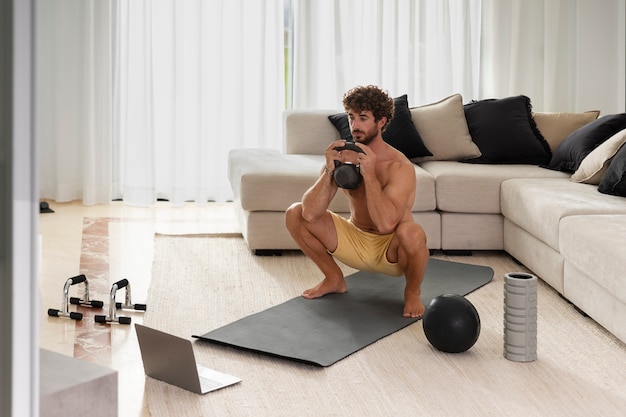
Fitness
Wellness
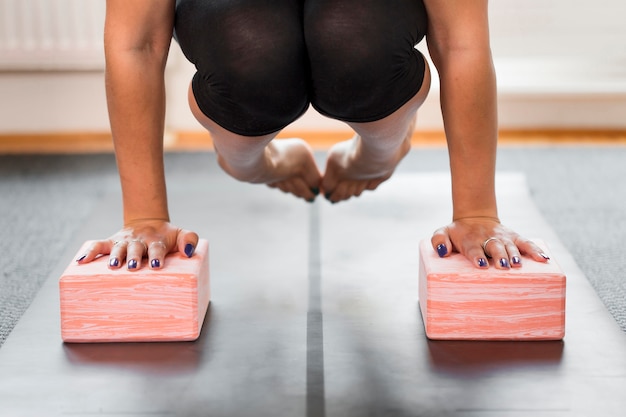
Fitness
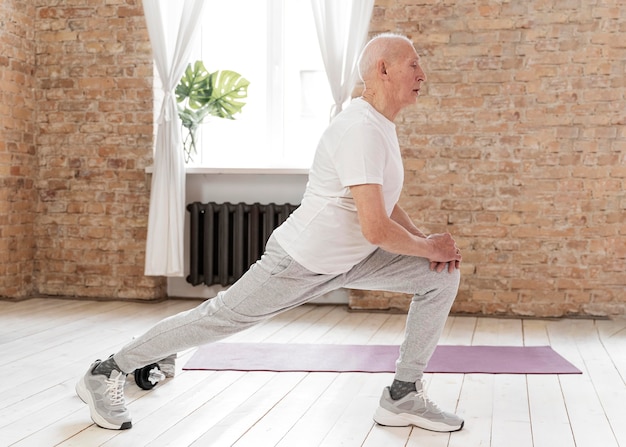
Fitness

Health

Fitness

Health

Health